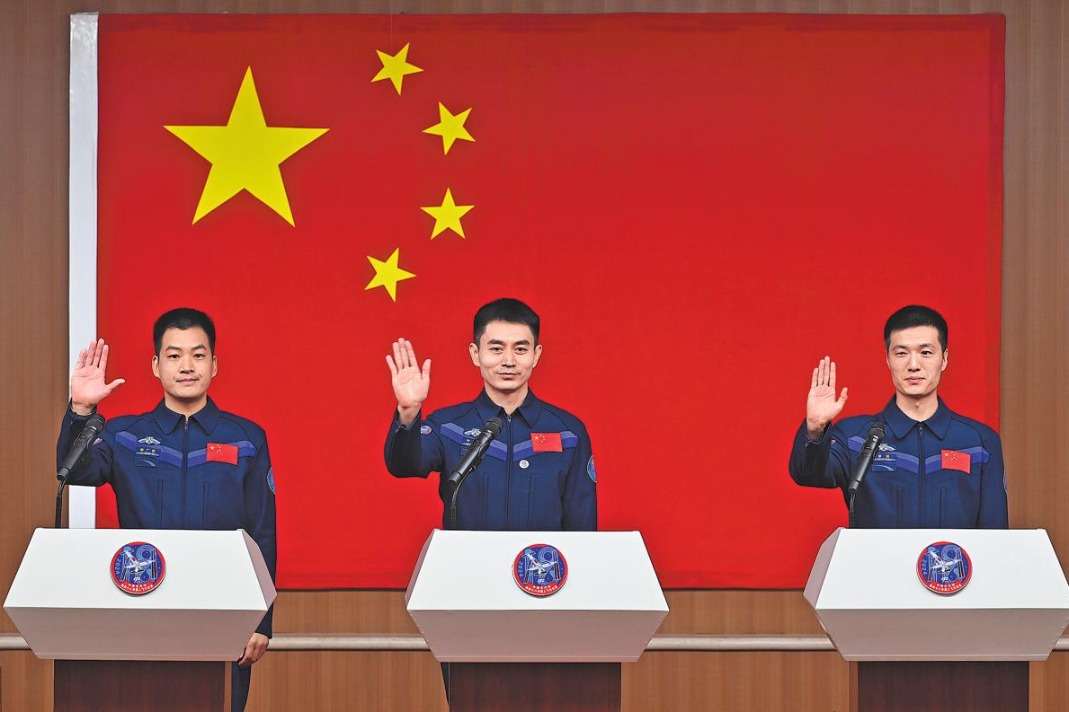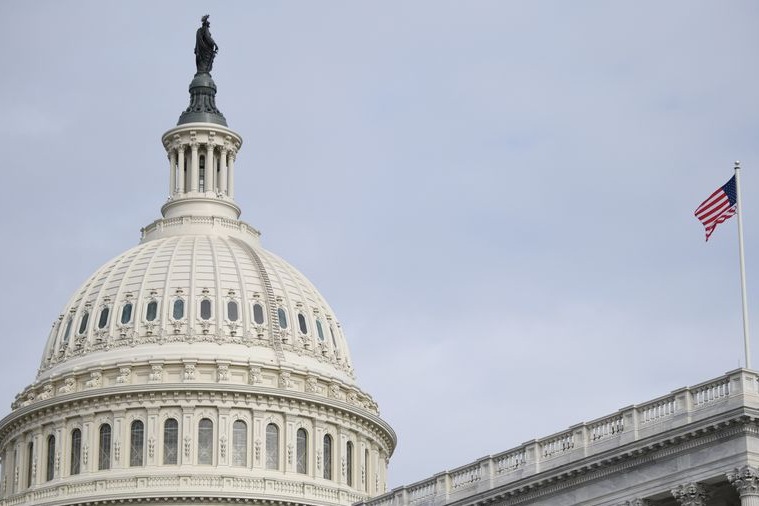Growing together


The GDI has charted the course for continuous improvement of China-Cambodia relations
Peace and development are the themes of the times. The Global Development Initiative is a global public good that China has provided to speed up the implementation of the United Nations 2030 Agenda for Sustainable Development, improve the well-being of people in all countries, and build a community of common development.
As of September 2022, the Global Development Initiative had been welcomed by more than 100 countries, along with many international organizations, including the UN; at the same time, more than 60 countries have joined the Group of Friends of the Global Development Initiative.
Among them, Cambodia is a firm supporter of the initiative. Cambodian Deputy Prime Minister and Foreign Minister Prak Sokhonn believes that the China-proposed initiative has been warmly welcomed by the international community, developing countries in particular.
Relying on the Global Development Initiative, China and Cambodia have been deepening the building of a community with a shared future. China-Cambodia relations have withstood the test of the times thanks to the millennium-long friendly exchanges between their two peoples.
In April 2019, the two countries took the lead in signing an action plan for building a community with a shared future, setting goals and taking measures for their cooperation in almost all areas, including politics, security, the economy, people-to-people, cultural exchanges, and multilateralism.
The Global Development Initiative came at a time when Cambodia was seeing multiple rounds of the COVID-19 outbreaks and falling into a sharp economic recession. As Cambodia is not a COVID-19 vaccine manufacturer, whether it can raise enough vaccines from the international community is directly related to its people's livelihoods and its economic recovery. Overcoming its own shortage, by March 2022 China had provided Cambodian citizens with more than 42 million vaccine doses, helping the kingdom's vaccination rate exceed 95 percent.
Cambodian Prime Minister Hun Sen said it was a correct, clear and timely decision that the country chose China as its "strategic pillar "for vaccine supply, and it enabled Cambodia to obtain sufficient vaccines. The World Health Organization also hailed Cambodia's vaccine rollout as a successful regional and even global model.
The anti-pandemic cooperation between China and Cambodia demonstrates the Global Development Initiative's principles of "prioritizing development", "people-centered development" and "leave no one behind", and also profoundly interprets the connotation of a China-Cambodia community with a shared future.
China and Cambodia have enhanced their economic cooperation within the Global Development Initiative framework. Since the Belt and Road Initiative was proposed, the two countries have efficiently docked their development strategies in practical cooperation in energy, transportation and more sectors.
The Sesan II hydropower station and other major projects built by China in Cambodia have alleviated the latter's long-term energy shortage. China's assistance projects, including the 4,000 kilometers of highways and eight cross-river bridges in Cambodia, have further improved logistics and transportation in the kingdom.
In October 2020, the two sides signed a free trade agreement, which was the first agreement of this kind that Cambodia has ever signed. According to the document, the proportion of tariff items of zero tariff products in goods trade between the two sides has exceeded 90 percent.
The China-Cambodia free trade agreement is the crystallization of their long-term economic and trade cooperation, creating favorable conditions for more Cambodian goods to be exported to China. On such a basis, the Global Development Initiative has mapped out a blueprint for the development of the world economy in the post-pandemic era. The two countries are facing opportunities to upgrade their economic cooperation. In 2021, despite the pandemic-ravaged economy, the bilateral trade volume rose to $11 billion, a year-on-year growth of 37.28 percent, meeting the target of $10 billion in trade in 2023 set by the heads of the two states in advance.
One after another, Cambodia has got the nod to export mangoes, longan and Basa fish to China, following the exports of rice and bananas. In November, the China-invested Phnom Penh-Sihanoukville Expressway, the kingdom's first-ever highway, was completed and opened to traffic. This project will not only greatly shorten the commute time from Phnom Penh to Sihanoukville Port, but also drive the development of the provinces along the route, such as Kandal, Kampong Speu and Koh Kong, and boost the country's rapid economic recovery.
As the two states are promoting their bilateral economic cooperation, various institutions are optimistic about Cambodia's post-pandemic economic performance. The World Bank and the Asian Development Bank respectively forecast that its economic growth rate will be 4.5 percent and 5.3 percent in 2022 and 5.8 percent and 6.5 percent next year.
China and Cambodia have been expanding their people-to-people and cultural exchanges under the framework of the Global Development Initiative. Although the COVID-19 pandemic has affected people-to-people contact, ties and cultural exchanges between China and Cambodia have never stagnated. Instead, the two countries even become more comradely. The Chinese government has been assisting Cambodia to protect and restore its Angkor temple complex. After the Chausay Tevada temple project was completed in 2018, the restoration of the Ta Keo Temple with Chinese aid will be handed over soon. Archaeological research on the palace ruins and the Bengmealea Temple is progressing.
The China-Cambodia Friendship Preah Kossamak Hospital, built with aid from China, has been put into use. In the hospital, Chinese experts are aiding Cambodian medical workers to fight against COVID-19 with traditional Chinese medicine, launching the first intergovernmental TCM clinic in a Cambodian public hospital.
Since the Global Development Initiative was put forward, people around the world have become more closely connected, and the China-Cambodia people-to-people and cultural exchanges usher in an opportunity for expansion.
On the one hand, the Chinese language and Chinese culture are widely spread in Cambodia. According to a survey on the perception of Cambodia's "Generation Z" youth about China jointly carried out by universities from both sides in 2022, Cambodian youth are generally very familiar with the Chinese culture and believe that learning the Chinese language can help improve their competitiveness in the job market.
On the other hand, the non-governmental exchange network has developed from a single mode relying on industry to a composite mode featuring cross-industry and cross-field cooperation. The Cultural Exchange Network of Cambodia and China was established in December 2021 to build a platform for collaboration between universities, think tanks, enterprises and the media of the two countries.
The Global Development Initiative has pointed out the direction for the continuous improvement of China-Cambodia relations, and such improvement of bilateral ties has built an "experimental plot" for the construction of a community with a shared future for mankind. In 2022, the China-Cambodia FTA and the Regional Comprehensive Economic Partnership have come into force at the same time, providing broader space for China-Cambodia ties.
Chea Munyrith is the president of the Cambodian Chinese Evolution Researcher Association. Gu Jiayun is the director of the Center for Cambodian Studies at the Beijing Foreign Studies University. The authors contributed this article to China Watch, a think tank powered by China Daily.
The views do not necessarily reflect those of China Daily.
Contact the editor at editor@chinawatch.cn


































